Share
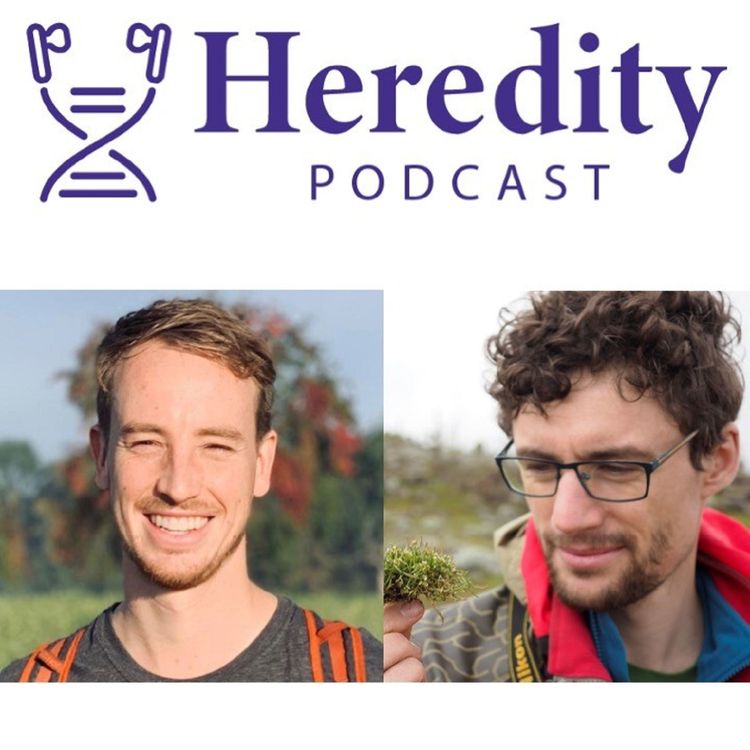
Heredity Podcast
When less is more: adaptive loss of function
•
There are many ways to break a gene, and that’s not always a bad thing. In this episode Grey Monroe and Pádraic Flood discuss their recent paper on the population genomics of adaptive loss of function, and recount the unexpected origins of their collaboration.
In this episode we explore the recent Heredity review article: “The population genomics of adaptive loss of function” https://www.nature.com/articles/s41437-021-00403-2
More episodes
View all episodes
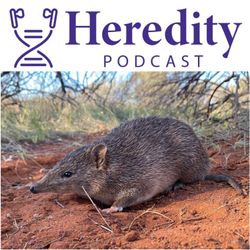
Golden bandicoot and Australian conservation genomics
22:41|Best student paper of 2024 winner Kate Rick, along with Brenton Von Takach and Kym Ottewell, discuss the use of genomics in Australian conservation efforts, and their study on the golden bandicoot.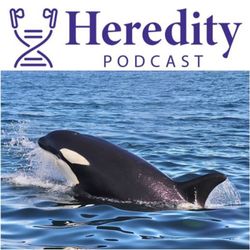
Population dynamics of Atlantic orcas
24:21|Chérine Baumgartner and Andy Foote discuss working with orcas and their recent paper on diet and population dynamics in North Atlantic killer whales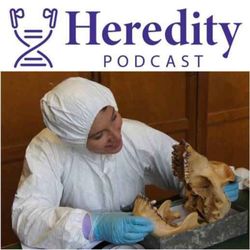
Popgroup 2025, with Katja Guschanski
20:49|Katja Guschanski discusses working with mammal evolution, museomics and her plenary talk at Popgroup 2025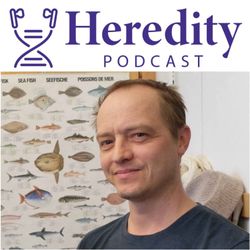
Meet the editors: Bastiaan Star
25:35|Meet Heredity editor Bastiaan Star (University of Oslo), we talk about his work with ancient fish DNA and why he enjoys working with Heredity.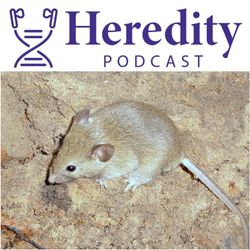
From dish to big data, neuronal regeneration in mice
25:31|Genomics is about patterns, but finding them, or even knowing what to look for, is difficult. In this episode we talk to Noah Simon about the clever approaches he took to investigating the genomics of neuronal regeneration in mice.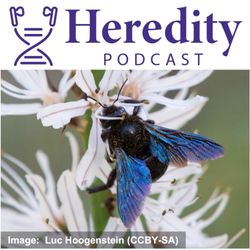
The violet carpenter bee & the European Reference Genome Atlas
25:57|DNA sequence data promises to enable the study of biodiversity and its response to threats. However, much of this potential depends upon the availability of reference genomes. We hear about the European Reference Genome Atlas (ERGA) from its Chairperson, Rob Waterhouse (Swiss Institute of Bioinformatics). We also hear from ERGA member Will Nash (Earlham Institute) about his quest to understand the genome of the beautiful Violet carpenter bee.
What do editors do?
15:17|Even non-academics hear a lot these days about the peer review process, but how does this work behind the scenes? In this episode we meet another new associate editor, Sebastian Ramos Onsins. We also find out what editors do at the journal from Co-editor-in-chief Sara Goodacre and editorial assistant Sandra Huettenbuegel.
Genetic simulations with SLiM
21:52|The use of genetic simulations is gaining popularity. In this episode we learn about SLiM (https://messerlab.org/slim/), one of the most popular software packages, from one of its creators - Ben Haller.
New associate editor: Diala Abu Awad
12:57|Down in the engine room of a scientific journal are its associate editors, they arbitrate the peer-review process and make the whole system run. Heredity's newest editor is Diala Abu Awad, in this episode we find out a bit about her and her work.